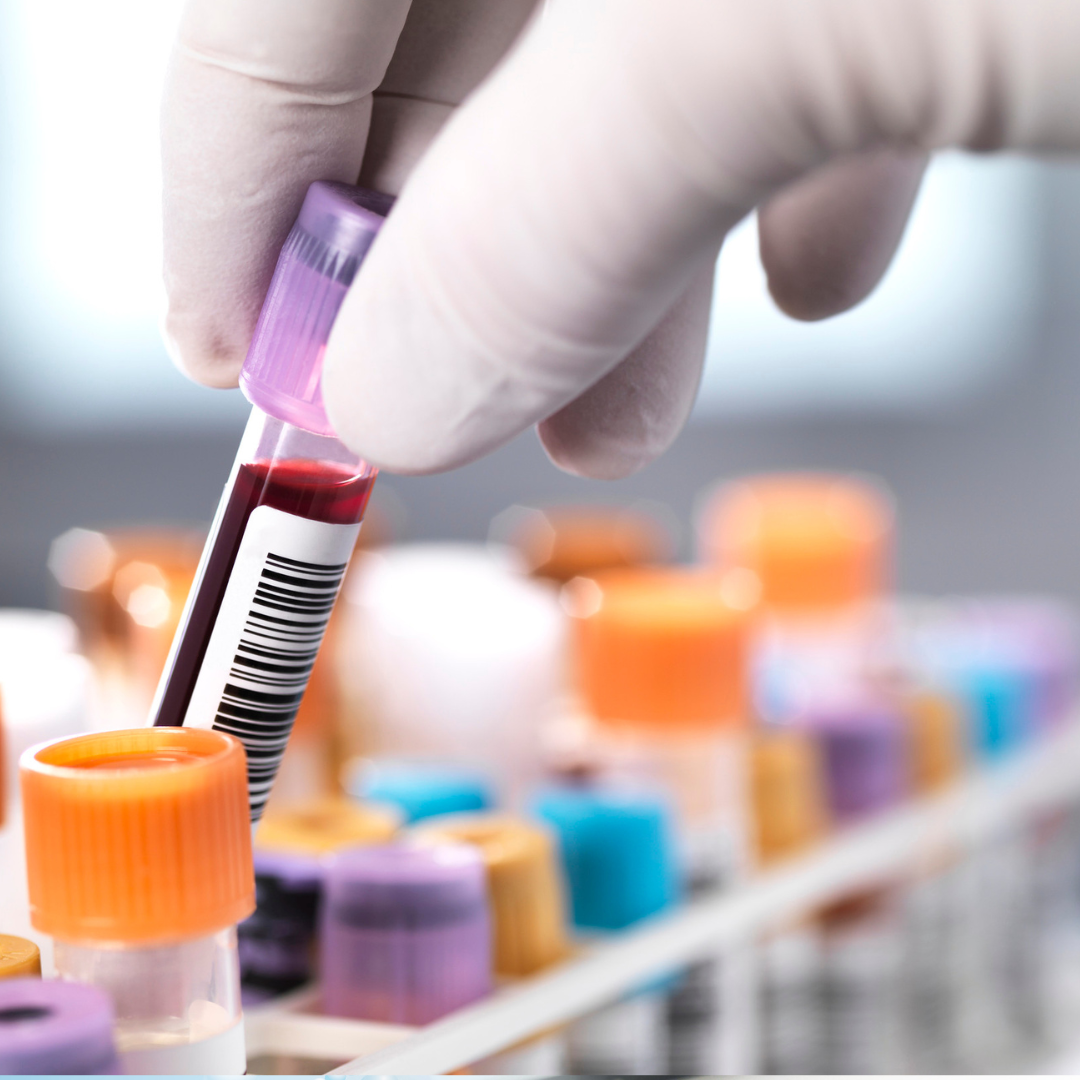Researchers from the University of Hong Kong’s Faculty of Medicine (HKUMed) have made pivotal discoveries about how stomach cancer begins, bringing hope for earlier detection, better prevention, and ultimately saving lives.
Why it matters:
Stomach cancer is one of the deadliest cancers globally, especially in East Asia where it's linked to chronic inflammation caused by Helicobacter pylori (H. pylori), a common bacterial infection. About 15% of Hong Kong’s population carries this infection, which can lead to a pre-cancerous condition known as intestinal metaplasia (IM).
What the researchers did:
Two large-scale studies led by HKUMed explored how normal stomach tissue slowly transforms into cancer. These studies, published in Nature and Gut, used cutting-edge genome sequencing and lab-grown "mini stomachs" called organoids to trace the earliest genetic and cellular changes.
Study 1: Mapping Hidden Mutations in the Stomach (Published in Nature)
In collaboration with the Sanger Institute and the Broad Institute, scientists sequenced stomach tissue from over 1,000 samples across Hong Kong, the US, and UK. They found:
-
The stomach lining builds up mutations with age—even in healthy people.
-
By age 60, around 10% of stomach tissue carries mutations in genes linked to cancer.
-
Some people had cells with an extra copy of a chromosome, a change that appeared as early as age 12—hinting at a role for early-life inflammation or infection.
These findings help explain how long-term inflammation quietly primes the stomach for cancer decades before symptoms appear.
Study 2: Growing Pre-Cancer in the Lab (Published in Gut)
The second study created the world’s first biobank of organoid models from patients with intestinal metaplasia—a key pre-cancer stage. This lab-grown tissue let researchers watch how stomach cells begin acting like intestinal cells and found:
-
Hybrid cells with both stomach and intestinal traits, showing identity confusion—a red flag for potential cancer.
-
IM cells often had a gain in chromosome 20 and could grow without a surface, two hallmarks of cancer.
-
Some of the same genes active in developing embryos were turned back on, giving cells a dangerous flexibility seen in cancer.
These organoid models provide a powerful new tool to study how stomach cancer begins, and how to stop it.
What this means for the future:
This research marks a leap forward in understanding and predicting stomach cancer risk. It could lead to:
-
Earlier diagnosis based on hidden mutations or organoid testing.
-
Better ways to identify who’s at high risk—and who isn’t.
-
New drugs to reverse early cellular changes before they become cancer.
Professor Leung Suet-yi, one of the study leads, noted: “With a living cell model now available, the potential for drug development to reverse intestinal metaplasia becomes increasingly achievable.”
The bottom line:
These ground-breaking HKUMed studies shine a light on how stomach cancer develops long before symptoms arise. Through global collaboration, state-of-the-art genetics, and lab-grown models, the team has opened new doors for preventing and catching the disease early—giving new hope to patients worldwide.





